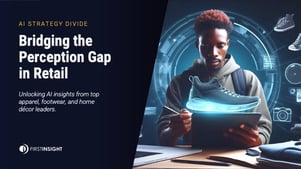Consumers are rethinking how much they buy, while brands are realising that simply stocking more products does not drive better financial results. Winning companies must reduce complexity and inventory levels by taking a more focused and responsive approach to their assortment.
This article appeared first in The State of Fashion 2021, an in-depth report on the global fashion industry, co-published by BoF and McKinsey & Company. To learn more and download a copy of the report, click here.
Even before Covid-19, the fashion industry had been edging towards a dangerous threshold. Excessive inventories and widespread markdowns proliferated to the extent that just 60 percent of garments were sold at full price, creating billions of dollars of lost revenues and margin.
During the pandemic, the situation worsened. Inventory levels increased significantly despite brands’ and retailers’ scrambles to implement damage control. Inventory turnover fell by 33 percent in the first three months of 2020, and orders were down nearly a third year-on-year by the end of April.
Due to these and other factors, brands will need to focus on three key priorities in the year ahead: accelerate their shift toward a demand-led model, reduce assortment complexity and address the recalibration of the price-volume equation.
...Analytics and artificial intelligence will also gain traction in the product development process as data becomes more available to brands and designers become more skilled at using data. Footwear and apparel brand Wolverine plans to optimise assortments with digital consumer testing based on First Insight’s predictive analytics, where voice of the customer (VoC) feedback is combined with artificial intelligence.
 at Business of Fashion if you are a subscriber, or Download below.
at Business of Fashion if you are a subscriber, or Download below.















